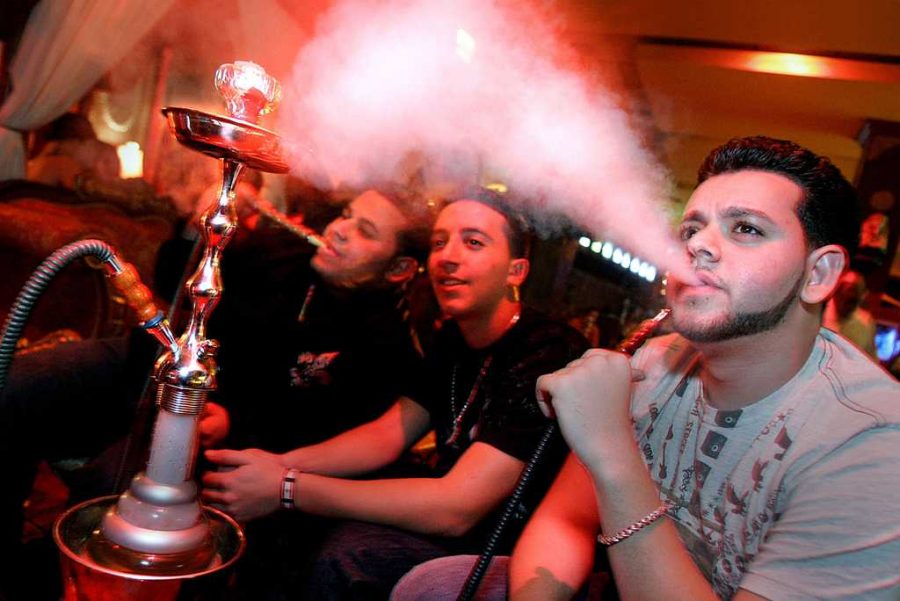Young people are putting out their cigarettes in favor of hookah, but a new Pitt study has found that the latter may be much more harmful.
According to the study, which Pitt’s School of Medicine published online Monday, a single hookah session delivers nearly 125 times more smoke, 25 times more tar, 10 times more carbon monoxide and 2 and a half times the nicotine than a single cigarette.
The study’s estimates will appear in the January/February edition of the journal Public Health Reports. The results come less than a year after the Centers for Disease Control and Prevention found that, for the first time in history, more U.S. high school students report smoking hookah than cigarettes.
The recent report also follows a September Pitt-led study that showed one in five high school seniors had smoked tobacco in the last year and that nearly one in three seniors smoked hookah frequently enough to consider themselves regular users.
Brian Primack, a Pitt researcher and head of both studies, and eight other researchers analyzed 17 recent studies about young people and their use of tobacco.
“Our results show that hookah tobacco smoking poses real health concerns and that it should be monitored more closely than it is currently,” Primack, assistant vice chancellor for health and society in Pitt’s Schools of the Health Sciences, said in a release.
The CDC’s 2015 Youth Risk Behavior Surveillance System Survey questionnaire, which assesses six types of health-risk behaviors that harm young people, did not include hookah smoking.
Smita Nayak from the Swedish Center for Clinical Research and a co-author of the study said in the release that condensing past research made it easier to present relevant evidence about smoking.
“Individual studies have reported different estimates for inhaled toxicants from cigarettes or hookahs, which made it hard to know exactly what to report to policy makers or in educational materials,” Nayak said in the release.
Despite its widespread use, Primack said the FDA loosely regulated hookah smoke in regards to young people, and he hopes the forthcoming studies will incite policy changes.
Around one-third of college students have smoked a hookah, many of whom had never used tobacco before they smoked hookah, according to a 2012 study Primack also headed.
Another study, by the CDC, showed that high school students used hookah more frequently than cigarettes in the last 30 days.
“There clearly are policy holes,” Primack said. “I think that a lot of people have the impression that [hookah] is less harmful or a good substitute compared to cigarettes.”



